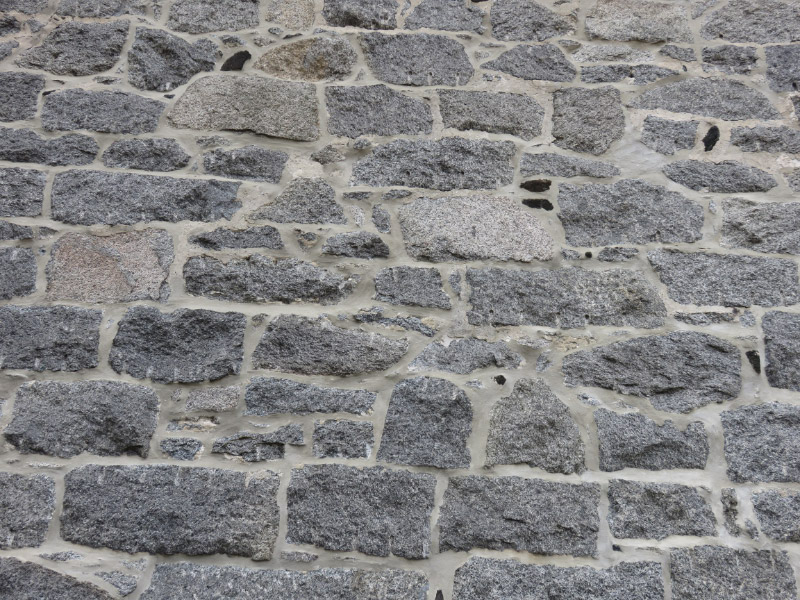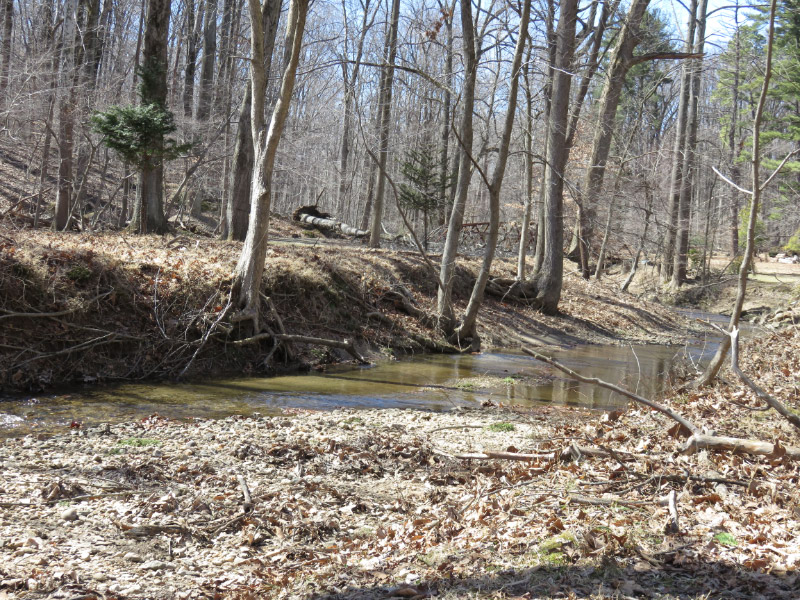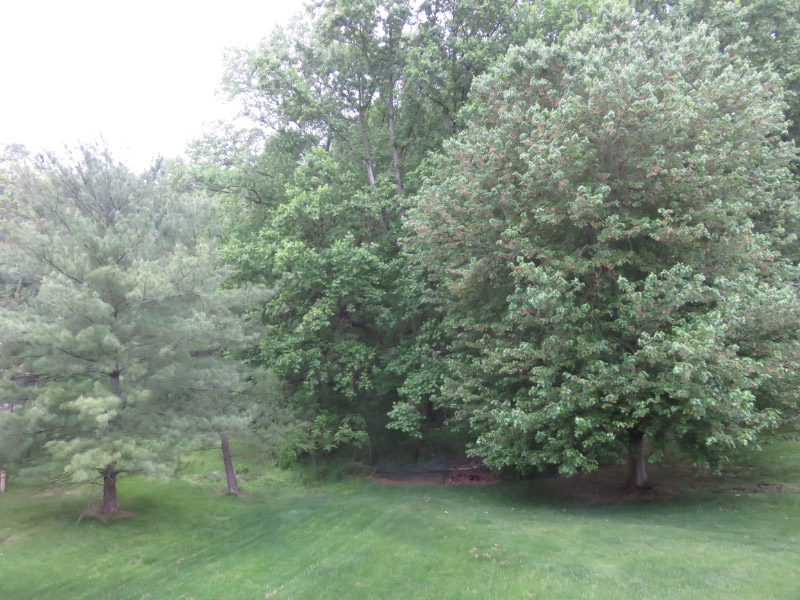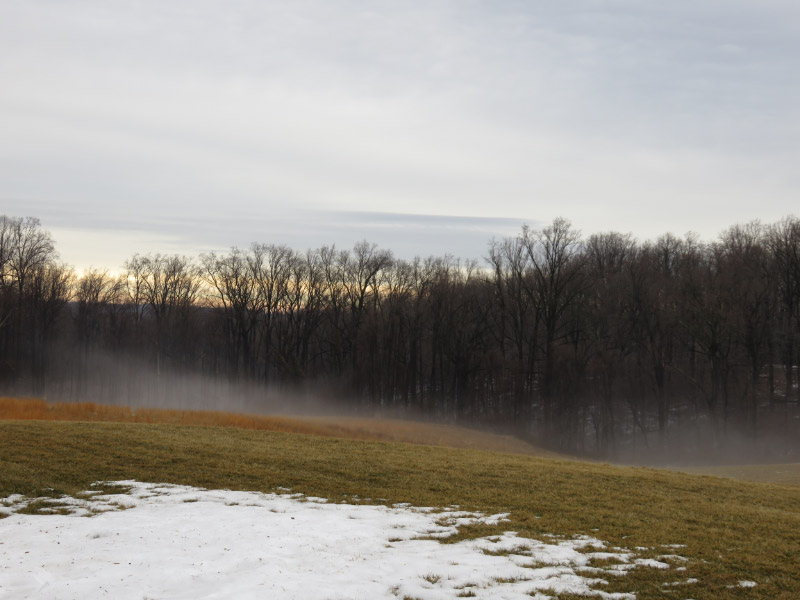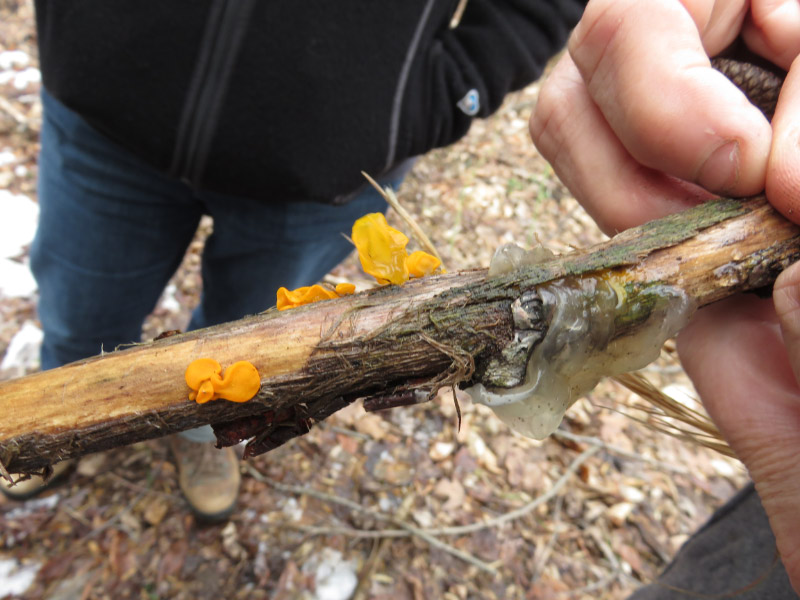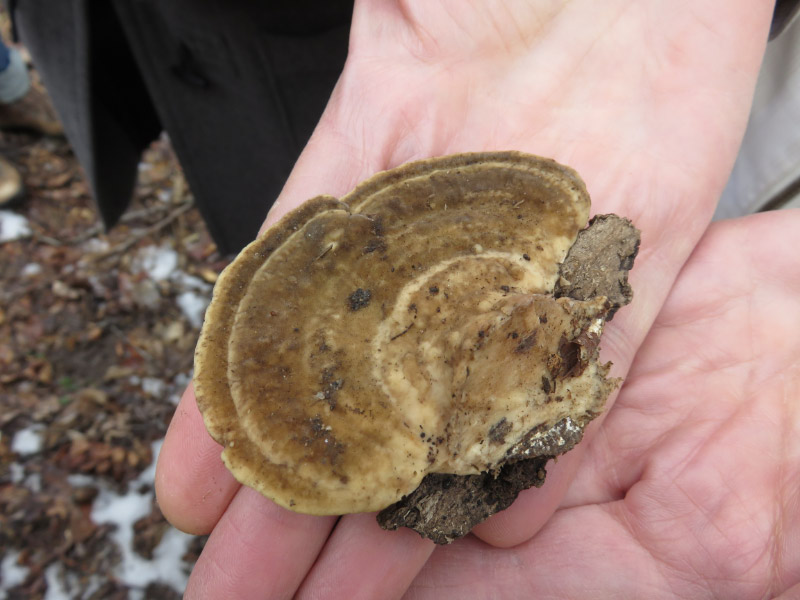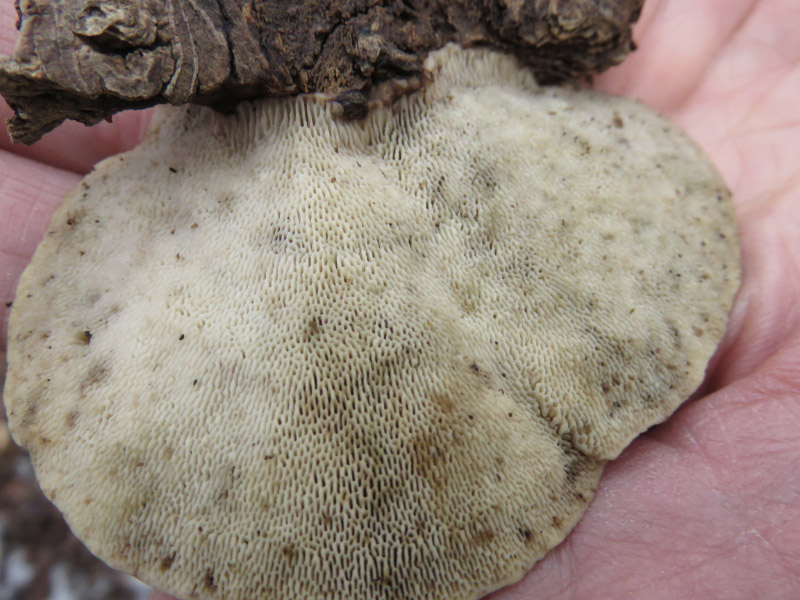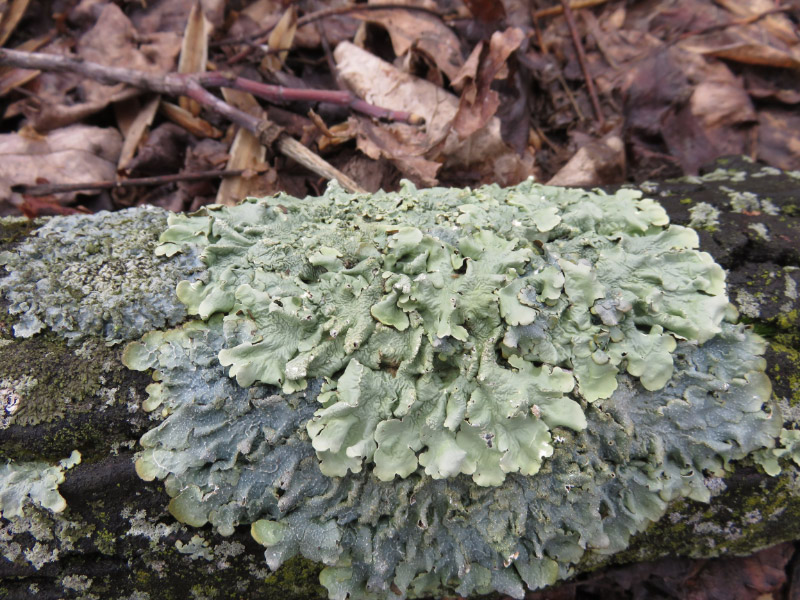Gleanings of the Week Ending June 27, 2015
/The items below were ‘the cream’ of the articles and websites I found this past week. Click on the light green text to look at the article.
No Bake, No Stovetop Cookie Bites - I’ve always been intrigued about ‘no bake’ cookies. I like all the ingredients in these so maybe it’s a recipe to try.
Electric Motorcycles Used By Over 50 Police Departments - I like technology that is good for the environment and also is has a positive impact on the mission (they are quiet!).
Smart insulin patch could replace painful injections for diabetes - New technology hones delivery of insulin based on when the body needs it….much more like a correctly functioning pancreas.
Once and Future Nut: How Genetic Engineering May Bring Back Chestnuts - These trees once grew in Maryland. It would be great to have them part of scene again after 100 years.
Climate change threatens to undermine the last half century of health gains - Increasing frequency and intensity of extreme weather events (heat waves, floods, droughts and storms) as well as indirect impacts from changes in infectious disease patterns, air pollution, food insecurity and malnutrition, involuntary migration, displacement and conflict….it adds up.
The rise of Africa’s super vegetables - Indigenous foods…rather than imported…to feed the continent. And trying the preserved the variety available while studying only a few of the species.
Doctors often misdiagnose zinc deficiency, unaware of impact of excess zinc - Wow! I remember a few years ago when it was widely suggested that zinc helped recovery from colds….I wonder how many people developed zinc induced copper deficiency (anemia, low white cell count and/or neurological problems?
The Prairie Ecologist Goes to the Beach - Photos of the gulf coast beaches in Texas.
How the US, UK, Canada, Japan, France, Germany, & Italy Can Each Go 100% Renewable - The article and the comments - lots of potential ways to get it done.
The Best Weather Photos of the Year Will Blow You Away - I couldn’t resist. Good photographs. I was a little surprised that a rainbow picture was not in the group.


